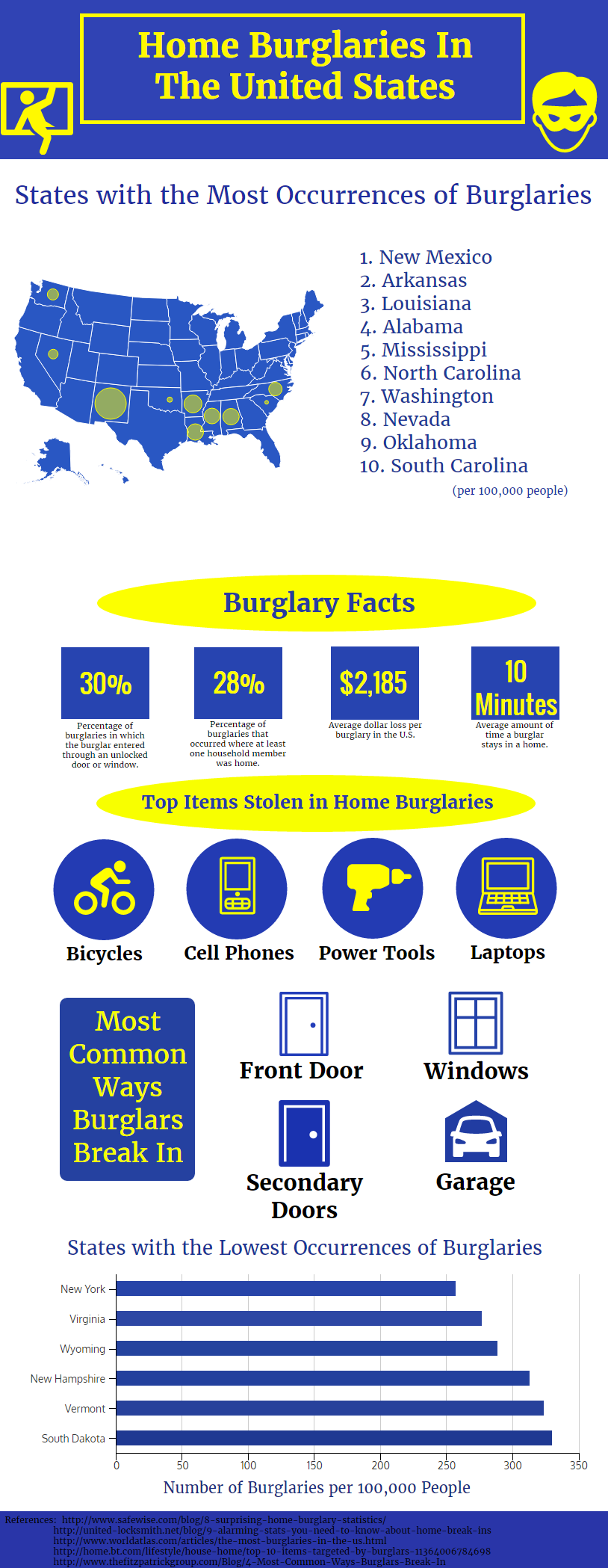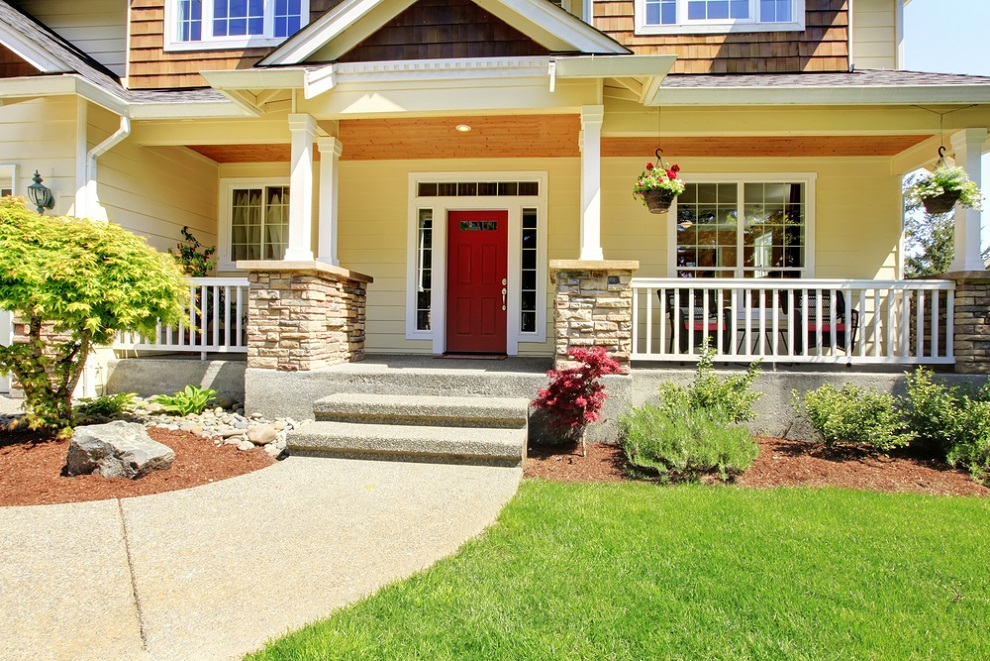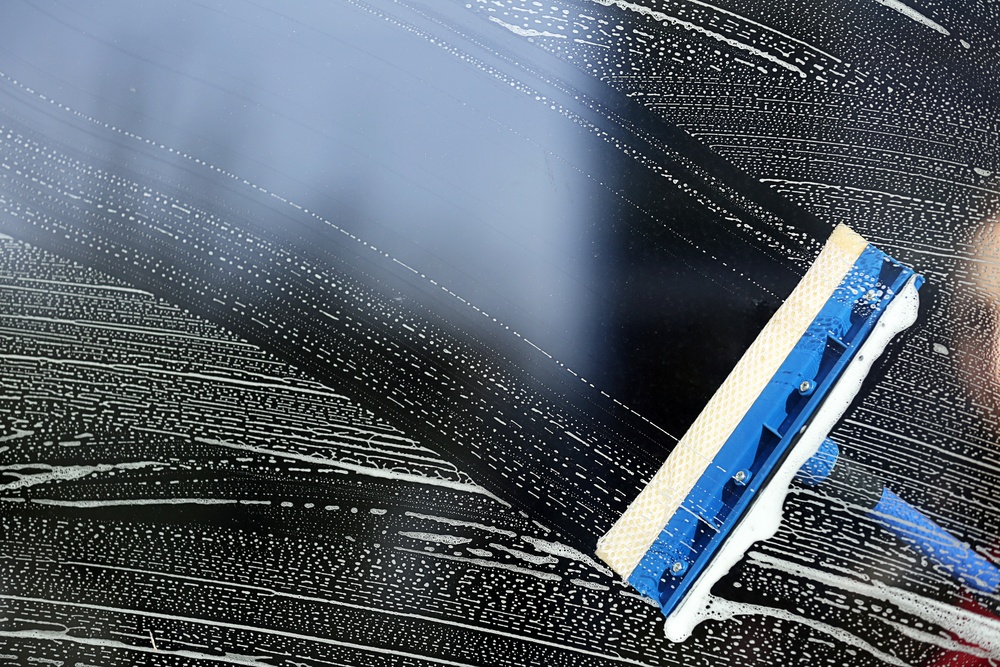 The one place a person should always feel safe and secure is in their own home. Unfortunately, too many people in the United States have that peace of mind taken away from them every single day. The FBI estimates that 1 out of every 36 homes in the United States are burglarized every year. That works out to be about one burglary every 15 seconds.
The one place a person should always feel safe and secure is in their own home. Unfortunately, too many people in the United States have that peace of mind taken away from them every single day. The FBI estimates that 1 out of every 36 homes in the United States are burglarized every year. That works out to be about one burglary every 15 seconds.
While we often envision burglars as being transient, professional criminals who prefer to work at night under the cover of darkness, the reality is actually quite different. Over 80% of all burglaries are committed by non-professional criminals and in many cases, they target homes that are within a few miles of their own home. In fact, 65% of all violent home burglaries in 2010 involved victims the burglar already knew. Most home burglaries also tend to occur between the hours of 10:00 AM and 3:00 PM, when people are more likely to be at work.
Although the holiday season surrounding Christmas is a popular time of year for burglars to strike, the summer months typically have the highest rates of burglaries.
Not only do home burglaries cost billions of dollars in property loss every year, the emotional effects can be even more profound. If you’re not used to locking your doors and windows before you leave the house, here are a few good reasons why you should start trying to get in the habit:

Infographic Transcription:
Home Burglaries in the United States
States with the highest occurrences of burglaries (per 100,000 people):
- New Mexico
- Arkansas
- Louisiana
- Alabama
- Mississippi
- North Carolina
- Washington
- Nevada
- Oklahoma
- South Carolina
Burglary Facts:
- 30% - The percentage of burglaries in which the burglar entered through an unlocked door or window
- 28% - The percentage of burglaries that occurred where at least one household member was home
- $2,185 - The average dollar loss per burglary in the U.S.
- 10 minutes - The average amount of time a burglar stays in the home
Top Items Stolen in Home Burglaries:
- Bicycles
- Cell Phones
- Power Tools
- Laptops
Most Common Ways Burglars Break In:
- Front Door
- Windows
- Secondary Doors
- Garage
States With the Lowest Occurrences of Burglaries (per 100,00 people) :
- New York
- Virginia
- Wyoming
- Vermont
- South Dakota
Reference:









